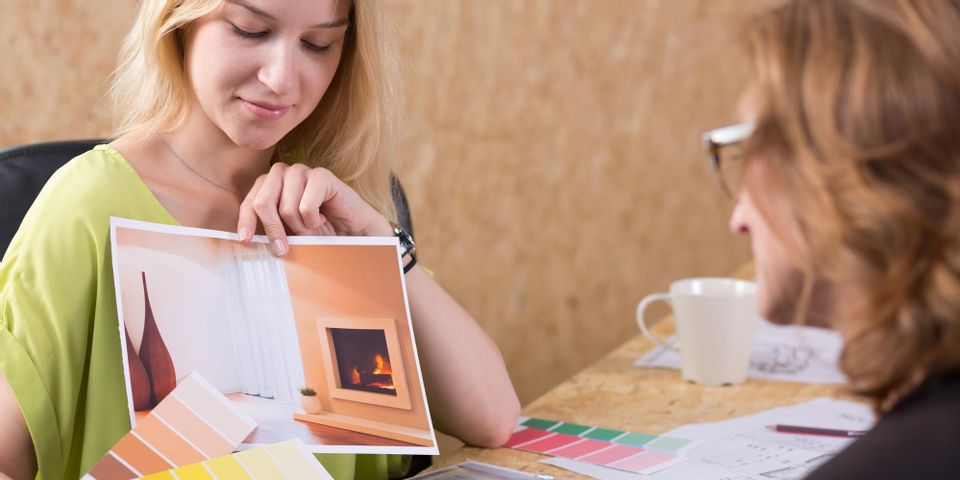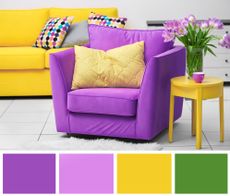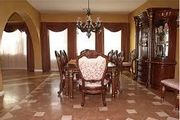Color Theory Basics According to an Interior Designer

The color scheme is a great place to start when it comes to creating a beautiful home. But for many homeowners, this can seem like a daunting task because of the many options available. Every interior designer understands the importance of getting the right balance of hues to suit a home and its residents. Below, Beaver Interiors Inc, of Kihei, HI, share some of the basics of color theory.
Introduction to the Color Wheel
The color wheel is a circular diagram usually containing all the most recognizable colors. It starts with the three primary colors, red, blue, and yellow, which are then combined to create secondary colors: purple, green, and orange. With different combinations of each of these colors, you can create any hue on the spectrum. You can also lighten the color by adding white or darken it by adding black. Play with saturation by adding gray.
Monochromatic Color Scheme
So how does an interior designer apply the basics of color theory to home design? While the options are seemingly endless, there are some basic color schemes that can create a framework for any space. With a monochromatic color scheme, only one hue from the color wheel is used. To add variety, you can use different tints and shades of that color. Set against a neutral backdrop, this scheme can give a cohesive appearance to your home.
Complementary Color Scheme
 The complementary color scheme uses two opposite hues on the color wheel, like red and green, blue and orange, or purple and yellow. One of these colors will usually be the primary while the other one is the accent. The high contrast can add visual interest without overwhelming the viewer.
The complementary color scheme uses two opposite hues on the color wheel, like red and green, blue and orange, or purple and yellow. One of these colors will usually be the primary while the other one is the accent. The high contrast can add visual interest without overwhelming the viewer.
Tertiary Color Scheme
If you want a little more variety, choose a tertiary color scheme. This is where three evenly spaced colors on the wheel are used together. When used in high saturation, they can be ideal for kids’ spaces, but when used in moderation and paired with neutrals they can make a fun and sophisticated space.
60/30/10 Rule
Some interior design experts implement the 60/30/10 rule. This is useful when you have three colors in your scheme. Your main color will occupy about 60% of the room’s visual space, while the secondary color takes up about 30%. With the last 10%, you can add a bright pop of your accent color, creating a nice balance that will appeal to residents and visitors alike.
At Beaver Interiors Inc, you’ll find an interior designer who can help you create the home of your dreams. With custom window treatments, upholstery, and bedding, they’ll provide fabrics that will make your home visually appealing. Since moving to Hawaii over 30 years ago, their experienced consultants are always happy to help locals who want a more beautiful home. For more information about their services, you can visit their website and give them a call today at (808) 879-5089.
About the Business
Have a question? Ask the experts!
Send your question

